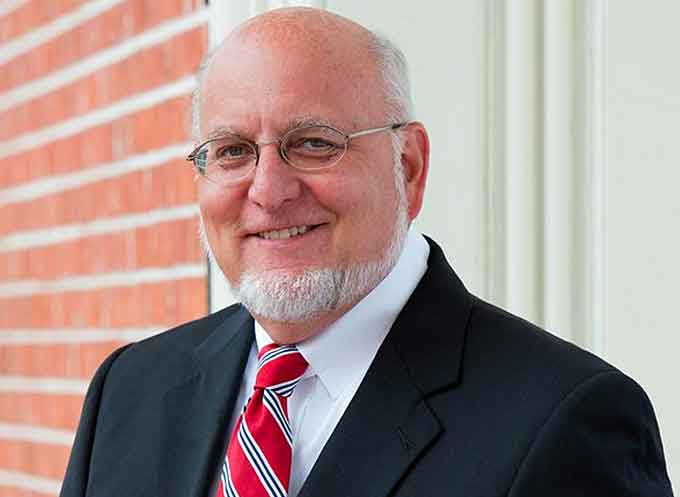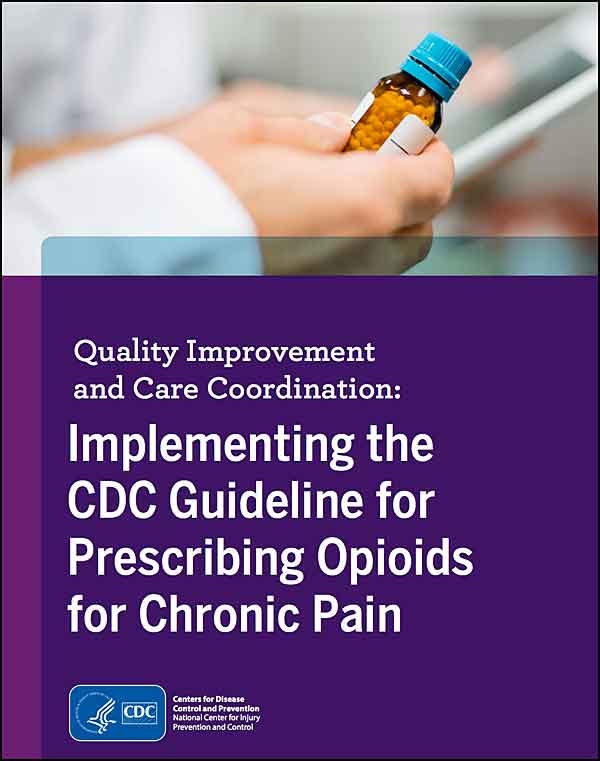To address the ongoing opioid overdose epidemic, the Centers for Disease Control and Prevention (CDC) is increasing support to states, territories, tribes, and non-governmental organizations working to prevent opioid-related overdoses, deaths, and other outcomes.
(Overdose Awareness: What You Need to Know about Drug Overdose. Courtesy of the Centers for Disease Control and Prevention (CDC) and YouTube. Posted on Aug 30, 2018.)
The CDC has awarded $155 million in new funding to states and four U.S. territories to advance the understanding of the opioid overdose epidemic and to scale-up prevention and response activities, including improving the timeliness and quality of surveillance data.

“This epidemic is the public health crisis of our time – and we are losing far too many Americans each day from opioid overdoses,” said CDC Director Robert R. Redfield, M.D.
“These funds will provide critically needed resources to those on the frontlines of the fight against the opioid overdose epidemic.”
The CDC is also distributing an additional $27 million to nine non-governmental organizations.
Funded entities will support states and territories with staffing, procurement, and training to enhance local public health capacity.
Furthermore, the CDC has also allotted $12 million in funds to support 11 Tribal Epidemiology Centers and 15 tribal entities.
The rate of drug overdose deaths among American Indians and Alaska Natives (AI/AN) is above the national average and recent data show this trend continuing.
(Native Americans, American Indian tribal leaders and the CDC continue to work on interventions to successfully combat opioid abuse amid high overdose deaths in tribal territories. Courtesy of Wochit News and YouTube. Posted on Sep 21, 2016.)
These supplemental funds are intended to improve opioid overdose surveillance so that prevention strategies can be targeted to better address this threat to tribal communities.

“CDC’s role in this fight is to move data into action to prevent opioid overdoses. CDC is committed to equipping states, territories, tribal communities, and non-governmental organizations with resources to reverse the opioid overdose epidemic,” said Debra Houry, M.D., director, CDC’s National Center for Injury Prevention and Control.
HHS, CDC strategy to fight opioid overdoses
This expanded funding is part of the Department of Health and Human Services’ five-point strategy to fight the opioid overdose epidemic.
CDC’s goal is to prevent opioid-related events and overdose by:
- Using data to monitor emerging trends and direct prevention activities
- Strengthening state, local, and tribal capacity to respond to the epidemic
- Working with providers, health systems, and payers to reduce unsafe exposure to opioids and treat addiction
- Coordinating with public safety and community-based partners to rapidly identify overdose threats, reverse overdoses, link people to effective treatment, and reduce harms associated with illicit opioids
- Increasing public awareness about the risks of opioids.




















